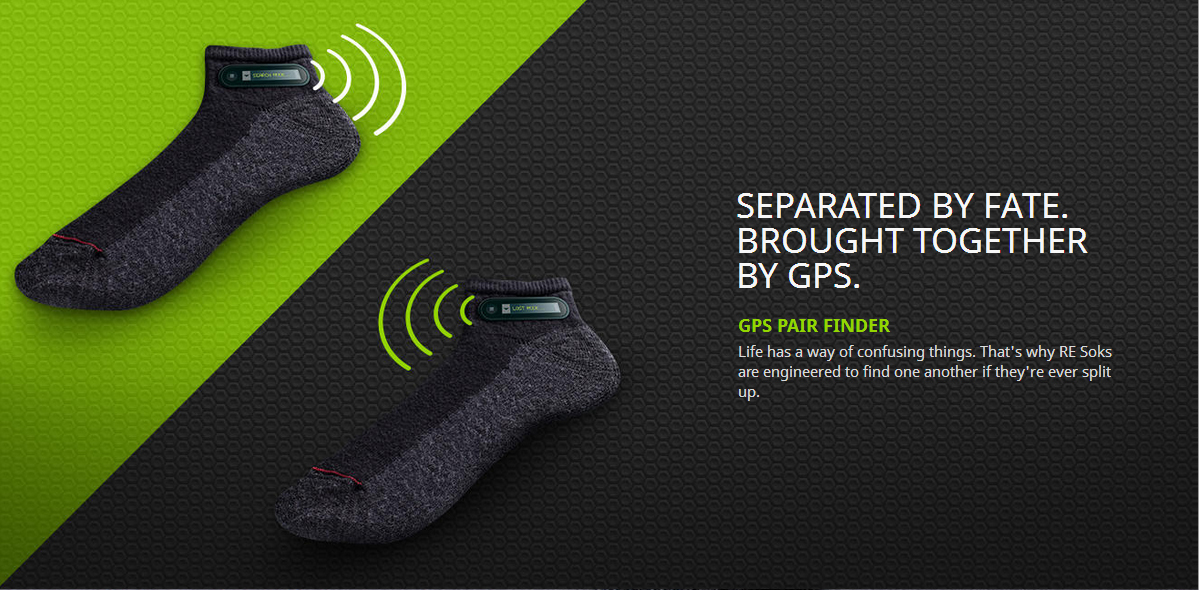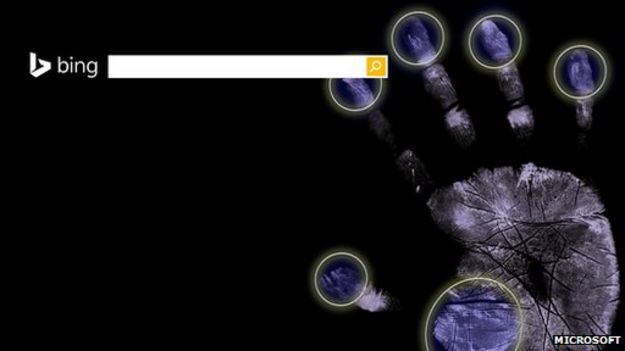VoWiFi is certainly a hot topic, thanks to the support of VoWiFi on iPhone 6. A
presentation from LTE World Summit 2014 by Taqua on this topic has already crossed 13K views. In this post I intend to look at the different approaches for VoWiFi and throw in some technical details. I am by no means an expert so please feel free to add your input in the comments.
Anybody reading this post is not aware of S2a, S2b, Samog, TWAG, ePDG, etc. and what they are, please refer to our whitepaper on cellular and wi-fi integration
here (section 3).
There are two approaches to VoWiFi, native client already in your device or an App that could be either downloaded from the app store or pre-installed. The UK operator '3' has an app known as ThreeInTouch. While on WiFi, this app can make and receive calls and texts. The only problem is that it does not handover an ongoing call from WiFi to cellular and and vice versa. Here are a few slides (slides 36-38) from them from a conference last year:
The other operators have a native client that can use Wi-Fi as the access network for voice calls as well as the data when the device is connected on the WLAN.
A simple architecture can be seen from the picture above. As can be seen, the device can connect to the network via a non-3GPP trusted wireless access network via the TWAG or via a non-3GPP untrusted wireless access network via ePDG. In the latter case, an IPSec tunnel would have to be established between the device and the ePDG. The SIM credentials would be used for authentication purposes so that an intruder cannot access ePDG and the core.
Now, I dont want to talk about VoLTE bearers establishment, etc. which I have already done
here earlier. In order to establish S2a (trusted) and S2b (untrusted) connection, the AAA server selects an APN among those which are subscribed to in the HLR/HSS. The PDN-GW (generally referred to as PGW) dynamically assigns an IP address out of a pool of addresses which is associated with this APN. This UE IP address is used by the VoWiFi SIP UA (User Agent) as the contact information when registering to the SIP soft switch (which would typically be the operators IMS network).
If for any reason the SIP UA in the device is not able to use the SIM for authentication (needs ISIM?) then a username/password based authentication credentials can be used (
SIP digest authentication).
Typically, there would be a seperate UA for VoLTE and VoWiFi. They would both be generally registering to the same IMS APN using different credentials and contact addresses. The IMS network can deal with multiple registrations from the same subscriber but from different IP addresses (see 3GPP TS
23.237 - 'IMS Service Continuity' for details).
Because of multiple UA's, a new element needs to be introduced in order to '
fork' the downstream media streams (RTP/RTCP packets) to different IP addresses over time.
3GPP has defined the Access Transfer Gateway (ATGW) which is controlled by the Access Transfer Control Function (ATCF); the ATCF interfaces to the IMS and Service Centralization and Continuity Application Server (SCC AS). All these are not shown in the picture above but is available in 3GPP TS 23.237. The IMS networks in use today as well as the one being deployed for VoLTE does not have ATGW/ATCF. As a result vendors have to come up with clever non-standardised solutions to solve the problem.
When there is a handover between 3GPP and non-3GPP networks, the UE IP address needs to be preserved. Solutions like MIP and IPSec have been used in the past but they are not flexible. The Release-12 solution of eSAMOG (see 3GPP TS 23.402) can be used but the solution requires changes in the UE. For the time being we will see proprietary solutions only but hopefully in future there would be standardised solutions available.
3GPP TS 23.234 describes more in detail the interworking of 3GPP based system and WLAN. Interested readers can refer to that for further insight.













































